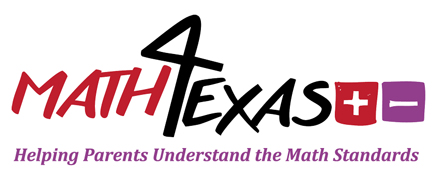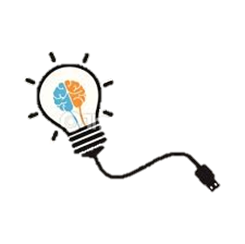T.i.P.S.
-
 Students will use experimental data involving simple and compound events to make predictions and determine solutions. Simple events are events where one experiment happens at a time and it will have a single outcome such as tossing a coin. Compound events are events where there is more than one possible outcome such as roll a five using a 6-sided die. Experimental data is the data collected or observed from the outcomes of an experiment. They may include various types of experiments and may be represented in the form of a fraction, decimal, or percent.
Students will use experimental data involving simple and compound events to make predictions and determine solutions. Simple events are events where one experiment happens at a time and it will have a single outcome such as tossing a coin. Compound events are events where there is more than one possible outcome such as roll a five using a 6-sided die. Experimental data is the data collected or observed from the outcomes of an experiment. They may include various types of experiments and may be represented in the form of a fraction, decimal, or percent.
Example
-
For an assignment in her class, Jasmine is pulling a piece of candy out of a dish without looking and then put the candy back in the dish. The results of her experiment are shown in the table below.
Using the data Jasmine collected, if a piece of candy is selected and replaced 285 times, what is the likelihood the number of times Jasmine would get a peanut butter candy bar?
Hint
Possible Solutions
Digital Tools
-
Click on the following links for interactive games.
Resources
-
Click on the following links for more information.
TEKS
-
Supporting Standard
7.6 Proportionality. The student applies mathematical process standards to use probability and statistics to describe or solve problems involving proportional relationships. The student is expected to:
(C) make predictions and determine solutions using experimental data for simple and compound events





 Click
Click 

